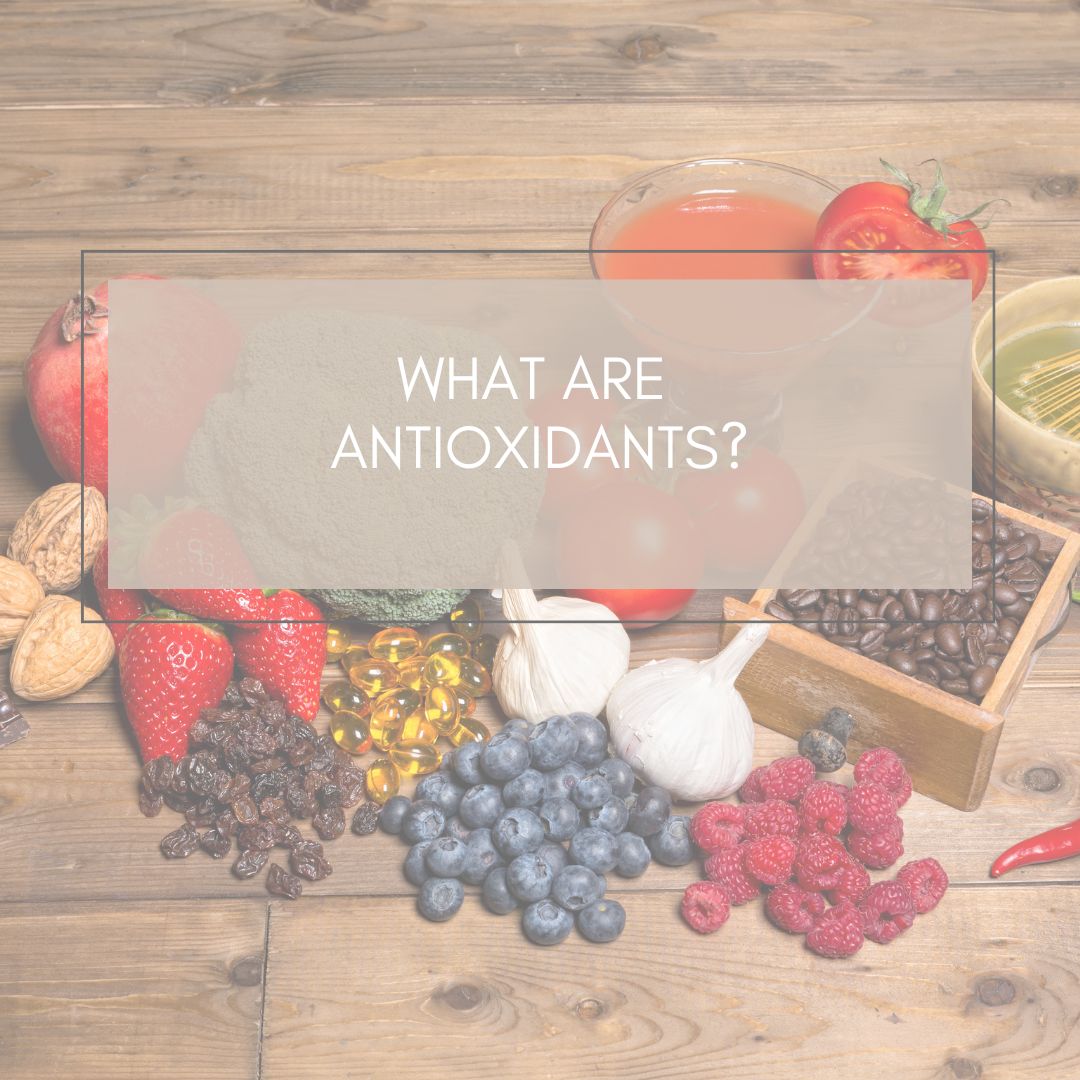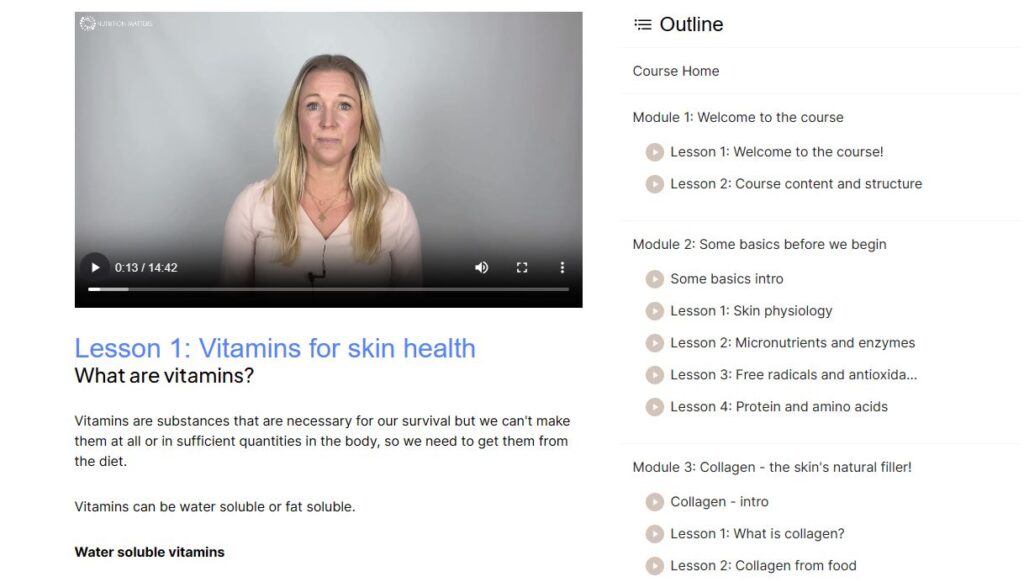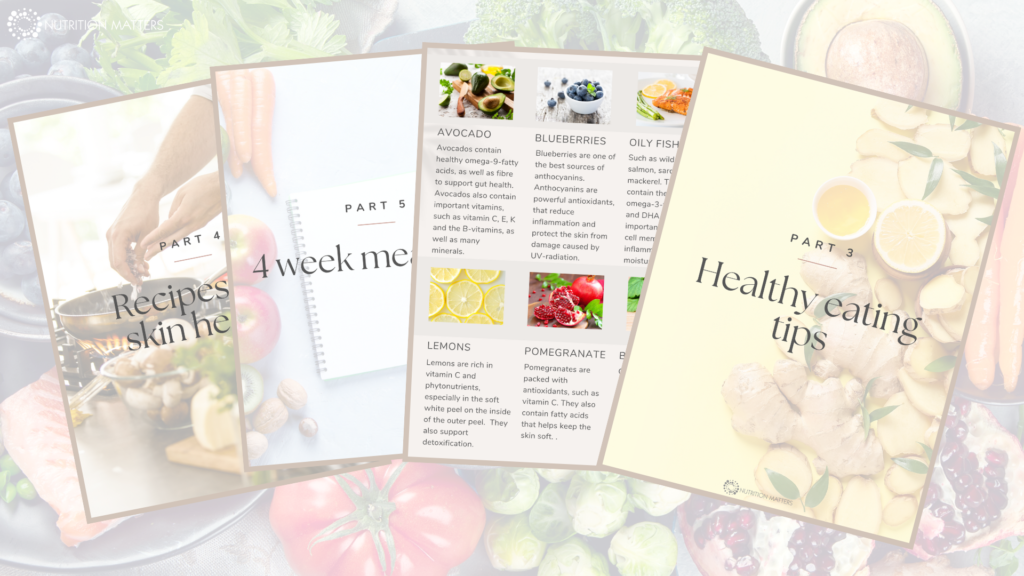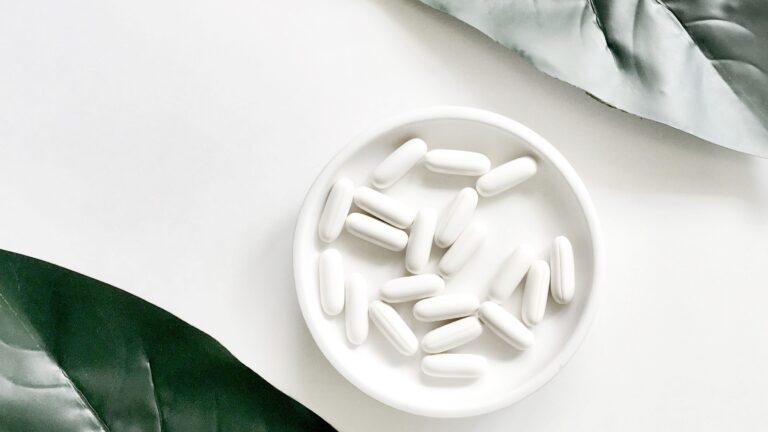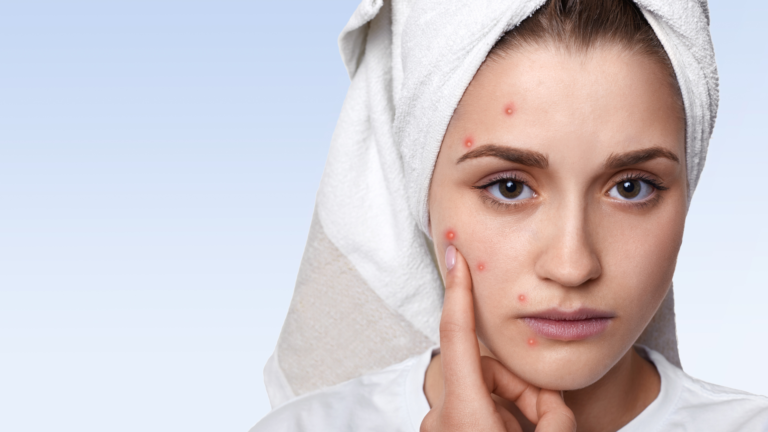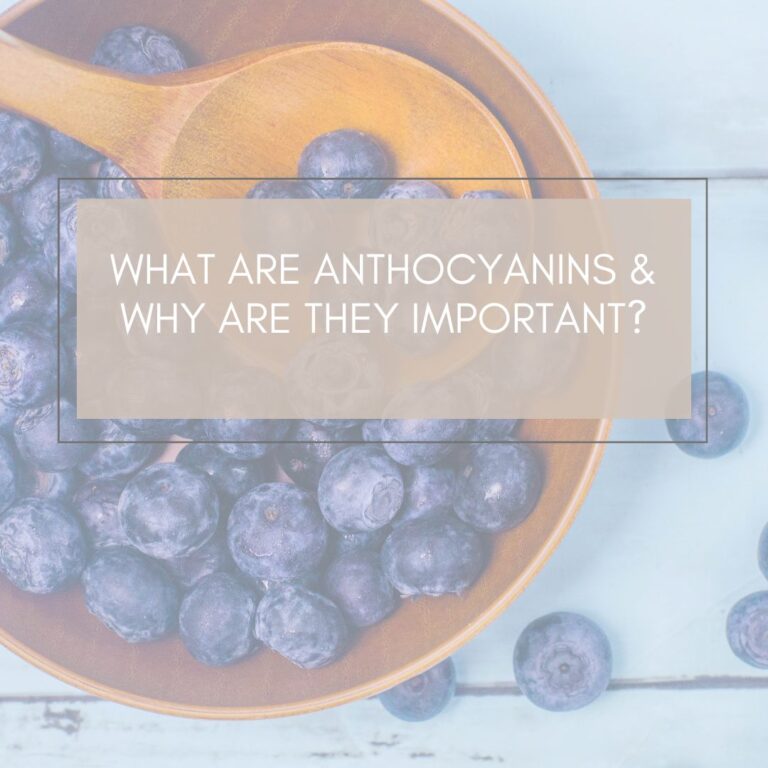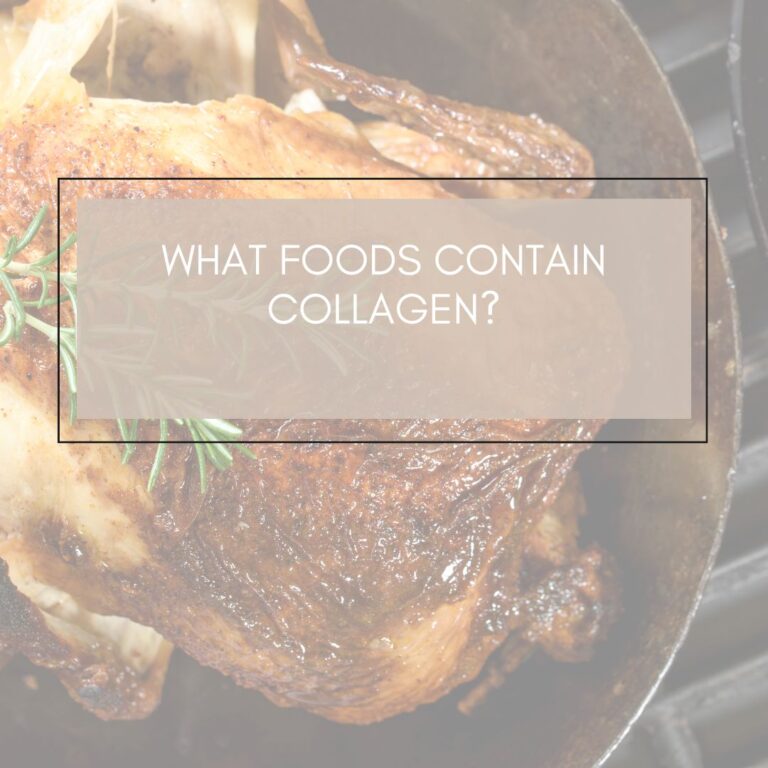What are antioxidants?
Antioxidants are molecules that can donate electrons to free radicals and thereby stop the damaging chain reactions caused by free radicals and oxidative stress.

Antioxidants are found in very many different types of foods. Mainly in fresh plant foods such as vegetables, fruits, berries, beans, nuts and seeds, but also in animal foods such as egg yolks.
The plants contain phytonutrients that have antioxidant properties, e.g. anthocyanidins, carotenoids and resveratrol.
Some nutrients may have antioxidant properties in themselves, e.g. vitamins A, C and E, the trace element selenium and other nutrients such as the vitamin-like substance coenzymq10, alpha lipoic acid and N-acetyl cysteine (NAC). NAC is used in healthcare to treat acute paracetamol poisoning.

Recycling of antioxidants
When a nutrient has been used as an antioxidant, it itself becomes a free radical. Then another antioxidant is needed to recycle this free radical back to being an antioxidant. That antioxidant then in turn needs to be converted by another antioxidant (vitamin C recovers vitamin E which recovers coenzyme Q10) and so on.
This means that you need to ingest a number of different ones from different sources.
The body’s own antioxidants
The body’s most important protection against free radicals are our own antioxidant enzymes called:
– superoxide dismutase (SOD)
– glutathione (GSH)
– catalase
These are worth remembering because they are really important for you health, including your skin health. You will probably hear about them in the future in regards to skin health and anti-aging.
For them to work, certain nutrients are needed as cofactors. Some minerals are necessary as cofactors for the body’s own antioxidants, for example the minerals magnesium, selenium, iron, zinc, copper, manganese.
Some vitamins are also needed for the formation of the body’s own antioxidant glutathione, such as folic acid, B2, B6 and B12.
Protein is also needed because enzymes are made up of proteins (amino acids).
The formation of the body’s own antioxidants is triggered by, among other things, physical activity.
An antioxidant is not an individual substance, but different substances have antioxidant properties. For example, certain vitamins have antioxidant properties. They are vitamins that can reduce oxidative stress.
Nutrition Matters Skin –
Your complete guide to beautiful skin from within!

